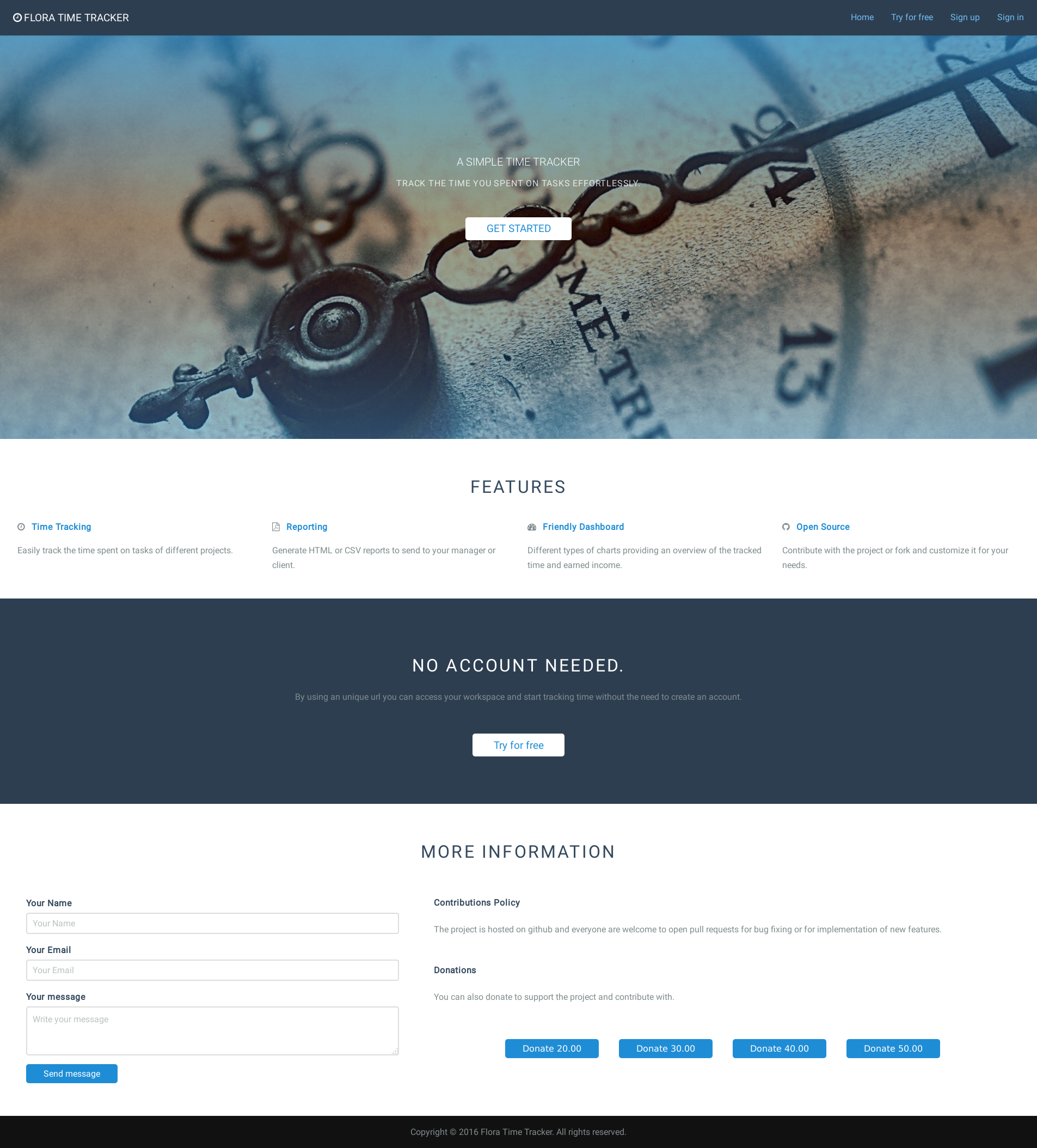To code the new home page we are going to need:
- Create the language content in both files en.msg and pt-BR.msg.
- Create the navigation bar that will be a React component.
- Test the navigation component using Mocha, Expect, and Karma.
- Test the Yesod home controller using HSpec.
You can find the related changes on github.
Hamlet template and i18n
To use i18n inside hamlet templates we need to refer to a <prefixKey> using the following syntax:
-- will render the value of the Title key for a given language.
_{MsgTitle}
Each key used in the hamlet file needs to be inserted in both en.msg and pt-BR.msg files otherwise the application will not compile.
React component and i18n
The react components are outside of the Yesod rendering scope. This means that we cannot use _{MsgSomeKey} to get the internationalized text.
The solution is to render the text needed by the component as data-* atributes of the html tag that will be the component container and pass the dataset attribute of the container as a property of the React component.
+<div class="header" id="header"
+ data-title=_{MsgTitle}
+ data-home=_{MsgNavigationHome}
+ data-try-free="_{MsgNavigationTryFree}"
+ data-sign-up="_{MsgNavigationSignUp}"
+ data-sign-in="_{MsgNavigationSignIn}">
+ <!--- navigation will be rendered here -->
Webpack and Saas
Webpack only understands javascript and in order to make it compile Saas files we need to require the Saas file in a javascript file.
However, this will generate the css inside the javascript file. To extract the css from the javascript file into css files, we need to use a webpack plugin called extract-text-webpack-pluginextract-text-webpack-plugin.
--- a/webpack.config.js
+++ b/webpack.config.js
@@ -1,4 +1,5 @@
var path = require('path');
+var ExtractTextPlugin = require('extract-text-webpack-plugin');
module.exports = {
//The entry point for the bundle.
@@ -9,4 +10,18 @@ module.exports = {
//Locatian of the artifact - ./static/js
path: path.join(__dirname, 'static', 'js')
}
+ ,
+ module: {
+ loaders: [
+ { test: /\.scss$/, loader: ExtractTextPlugin.extract('css!sass') },
+ { test: /\.js?$/,
+ loader: 'babel-loader',
+ exclude: /node_modules|static/,
+ query: { presets: ['es2015', 'react'] }
+ }
+ ]
+ },
+ plugins: [
+ new ExtractTextPlugin('../css/style.css', {allChunks: true})
+ ]
};
Testing with Karma
The configuration of the test suite is composed by two files - test.webpack.js and karma.conf.js - The later is to configure Karma and to integrate it with Webpack. The former is to tell webpack that every file ending in .test.js is part of a test suite.
The last thing to do is to add a script block in the package.json to tell npm to start karma when running the tests.
"scripts": {
"test": "karma start"
}
To run the tests we run the command below:
-- runs the test suite.
npm test
Testing with HSpec
To run the hspec tests we run the following command:
-- runs the test suite.
stack test
Rendering the React component
To add the navigation component in the home page we need to modify the index.js file as follows:
--- a/js/index.js
+++ b/js/index.js
@@ -1,4 +1,14 @@
+import React from 'react';
+import ReactDOM from 'react-dom';
+import Navigation from './components/navigation.js';
+
(function() {
'use strict';
- console.log("webpack is working.");
+ // makes Webpack to compile the scss
+ require('../scss/main.scss');
+ const navigationContainer = document.getElementById('header');
+ ReactDOM.render(
+ <Navigation language={navigationContainer.dataset}/>,
+ navigationContainer
+ );
Making Yesod aware of the css and javascript files
Webpack will create two files - static/css/style.css and static/js/bundle.js - and we need to modify the Foundation.hs file to configure Yesod to include those files in the final html.
--- a/Foundation.hs
+++ b/Foundation.hs
@@ -65,7 +65,21 @@ instance Yesod App where
-- you to use normal widget features in default-layout.
pc <- widgetToPageContent $ do
-
+ -- add CDN-hosted
+ addStylesheetRemote "https:////maxcdn.bootstrapcdn.com/font-awesome/4.3.0/css/font-awesome.min.css"
+ addStylesheetRemote "https://fonts.googleapis.com/css?family=Roboto:400,300"
+
+ -- Takes a list of css files and generate one big css file.
+ $(combineStylesheets 'StaticR
+ [ css_style_css
+ ])
+
+ -- this is an array of static js files that yesod will
+ -- combine into one single js file and load it via a
+ -- <script> tag.
+ $(combineScripts 'StaticR
+ [ js_bundle_js
+ ])
$(widgetFile "default-layout")
withUrlRenderer $(hamletFile "templates/default-layout-wrapper.hamlet")
Final result
This is what you should see after starting the application and accessing http://localhost:3000 on your browser.
